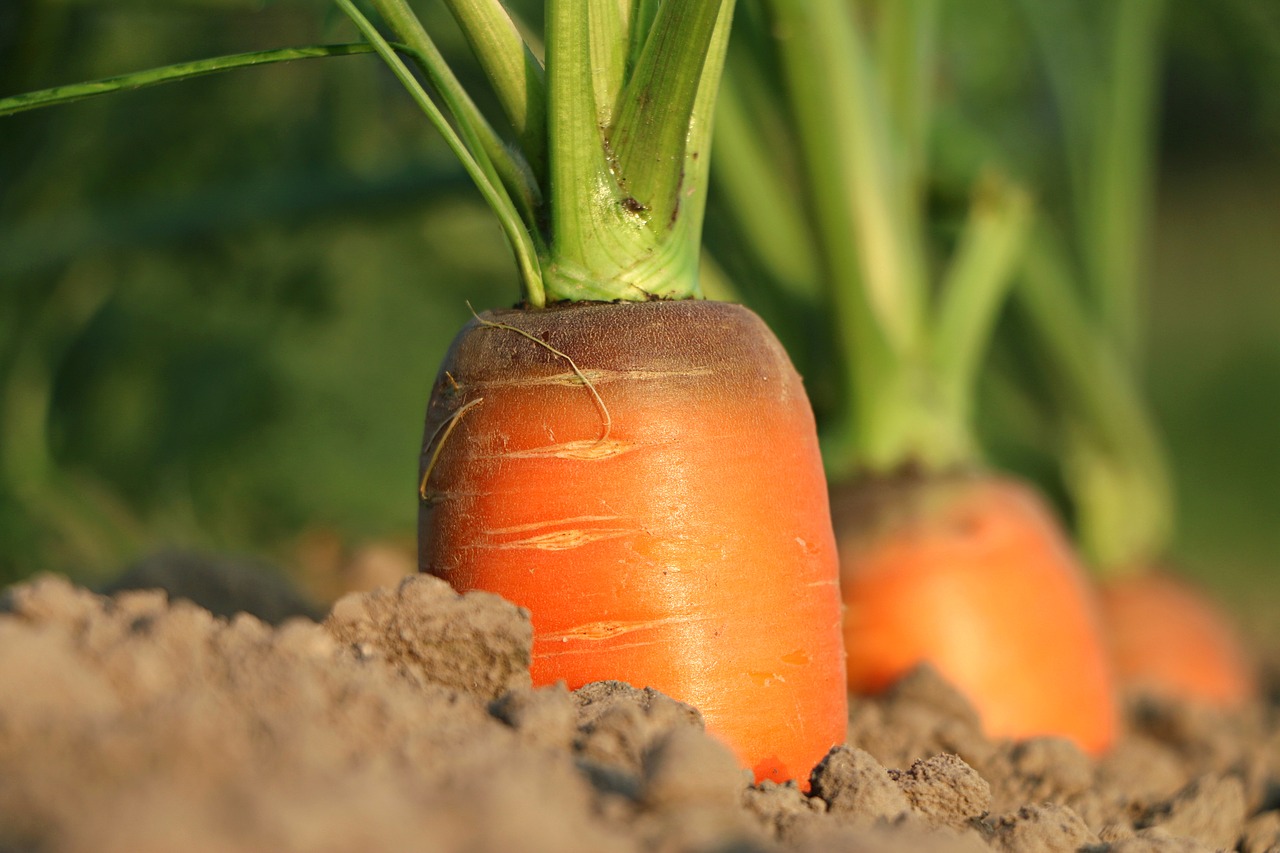Breakthrough Study Shows Organic Cuts Agriculture’s Contribution to Climate Change
Published: September 11, 2017
WASHINGTON, D.C. – A new groundbreaking study proves soils on organic farms store away appreciably larger amounts of carbons – and for longer periods — than typical agricultural soils.
The important study, directed by Northeastern University in collaboration with The Organic Center, provides a new significant proof point that organic agricultural practices build healthy soils and can be part of the solution in the fight on global warming.
The new data will be published in the Oct. 1 issue of the scientific journal Advances in Agronomy. One of the largest field studies of its kind ever conducted, the study pulls together over a thousand soil samples from across the nation. It uses cutting-edge methods to look at how organic farming affects the soil’s ability to lock away carbon and keep it out of our atmosphere.
One of its most compelling findings is that on average, organic farms have 44% higher levels of humic acid — the component of soil that sequesters carbon over the long term — than soils not managed organically.
Agriculture is one of the main causes of the depletion of carbon in the soil and the increased presence of carbon in our atmosphere, as evidenced by a recent study published by the National Academy of Sciences that estimated agriculture’s role in global soil carbon loss. Organic farming can play a key role in restoring soil carbon and in reducing the causes of climate change, and this study proves that.
Working with Dr. Elham Ghabbour and Dr. Geoffrey Davies, leaders of the National Soil Project at Northeastern University, The Organic Center contacted organic farmers who acted as “citizen scientists” to collect organic soil samples from throughout the country to compare with the conventional soil samples already in the National Soil Project’s data set.
Altogether, the study measured 659 organic soil samples from 39 states and 728 conventional soil samples from all 48 contiguous states. It found that ALL components of humic substances were higher in organic than in conventional soils.
“This study is truly groundbreaking,” said Dr. Jessica Shade, Director of Science Programs for The Organic Center. “We don’t just look at total soil organic carbon, but also the components of soil that have stable pools of carbon – humic substances, which gives us a much more accurate and precise view of the stable, long-term storage of carbon in the soils.”
“To our knowledge, this research is also the first to take a broad-view of organic and conventional systems, taking into account variation within management styles, across crops, and throughout the United States. It gives a large-scale view of the impact of organic as a whole, throughout the nation,” said Dr. Shade.

